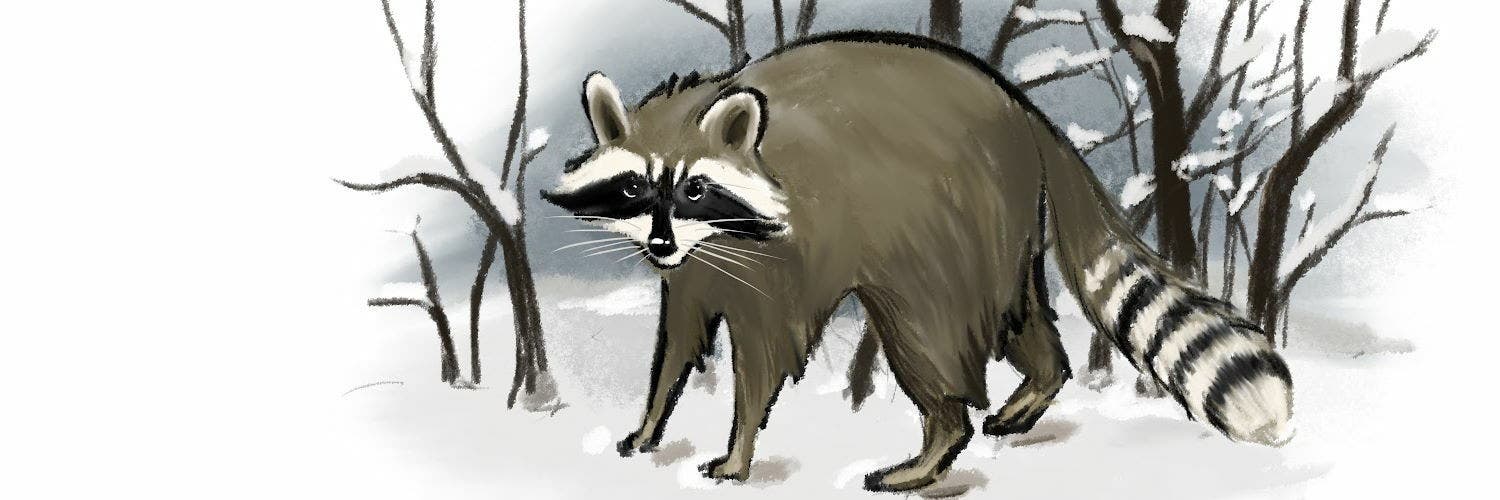


IT Professional by day, biologist at heart. Staff to cats.
Interested in interactions and patterns wherever they are found. Will stop for flowers at the roadside. Also love speculative fiction.
This profile is from a federated server and may be incomplete. Browse more on the original instance.